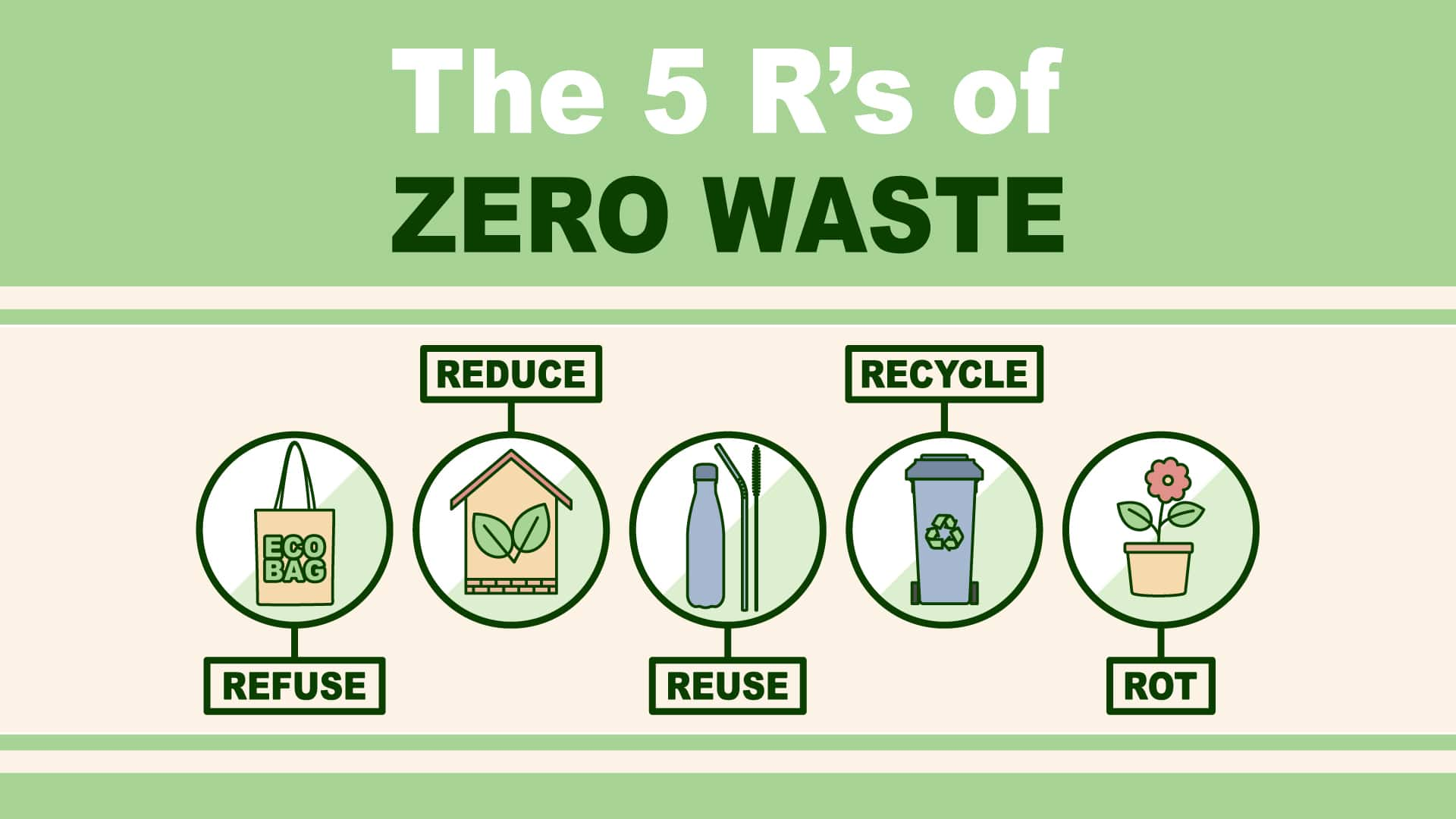


According to a report by World Bank, ‘What a Waste 2.0, the waste mismanagement will impact human health, harm local environment and contribute to the climate crisis.
Tackling the waste crisis
Governments need to focus on holistic waste management and explore collaborations, involving likeminded stakeholders to address this challenge. Policy measures such as the Swachh Bharat Mission, which has transformed into a people's movement, are helping create a national framework that can implement waste management systems. The second tier is at the society level, where strategies are deployed to educate and motivate households and individuals to enable a change in behaviour. Finally, at the third level, corporates step in to make an impact. The standard linear industrial model of take, make, use and dispose has led to waste generation, exacerbated the climate crisis and hastened environmental degradation, all of which are no longer sustainable in the long run.
As per What a Waste 2.0, many countries, especially in Europe, are moving towards establishing a circular economy. This entails using waste streams as a source of secondary resources, recovering waste for reuse and recycling, achieving efficient economic growth and minimising their environmental impact.
In recent years, organisations, too are moving towards this archetype. According to the Ellen MacArthur Foundation, in line with the principles of circularity, by eliminating pollution and wastage from design, keeping materials in circulation and regenerating natural resources, businesses are now redefining growth. They are embracing the 5Rs to Build a Better Tomorrow: Rethink, Reduce, Reuse, Recycle, Revive.

The 5 Rs: Rethink, Reduce, Reuse, Recycle, Revive
The United Nations Sustainable Development Goal 12 ensures sustainable consumption and production patterns towards a secure future. The goal urges countries to reverse current production and consumption trends, which at its current pace is endangering our survival. Tackling wastage is a critical issue in this scenario. Globally, organisations play a significant role in mitigating waste by streamlining production processes and embedding sustainability in the supply chain.
In the 5R process of waste management, the first step is to rethink and take a novel approach to zero waste thinking by developing interventions to shift existing paradigms. The second step is to reduce harmful material from being used in the processes. The third is to substitute the throw-away culture in an organisation with a culture that promotes reuse. The fourth is to recycle, urging companies to adopt eco-friendly methods of waste disposal. The final R, revive, identifies with rejuvenating and restoring the deteriorating natural resources by taking appropriate steps. Following the 5Rs will enable us to work towards a better tomorrow through effective waste management.
Taking concrete action
For AB InBev, a closed-loop and circular model is a critical segment of its 2025 sustainability goal towards Circular Packaging. In alignment with the UN's development agenda, AB InBev is rethinking its packaging aligned with the 5 R approach. The company works towards achieving the overall goal to shift to 100% returnable packaging or recycled packaging by 2025. In line with this, AB InBev remains committed to a holistic approach by the recovery of packaging, reusing materials, reducing the amount of packaging used and engaging consumers on the benefits of recycling.
AB InBev in India has launched a pilot projects as it works towards achieving its global goal. The company has collaborated with Erthos to replace plastic keg caps with 100% compostable eco resin caps made from bio-based material. And is also exploring a project that replaces conventional paper-based cartons to close-loop materials, made from Barley crop waste. Furthermore, the interventions and collaborations with suppliers are underway in primary packaging materials viz. glass bottles and cans towards increasing returnability and recyclable content.
Internationally, AB InBev has hit several milestones against its circular packaging goal. For instance, the portfolio of beers from Budweiser Brewing Group UK and Ireland are plastic-ring free with packaging in alternative materials such as KeelClip made from recyclable paperboard and fully recyclable wraps. The company is also working to promote collection programs, in a partnership between Corona Beer and Parley for the Oceans, the company has protected more than 100 islands through clean-ups, awareness campaigns and other initiatives, removing more than 54,900 kilograms of plastic waste and has engaged more than 2,700 volunteers between 2017 and 2020. In Colombia, to be able to intercept the one-way bottles waste and give them a second life in our bottling lines, we launched the Return Home project, connecting recycling collectors and cooperatives helping create collection routes on bars and restaurants, with a blockchain solution (BanQu) to increase visibility of some of the most vulnerable people in global supply chains. Manja Pamodzi is another program, created to address the waste problem in Zambia, it enhances the recycling value chain, through awareness of waste working, sensitizing people of how they can earn a livelihood from waste recycling. The projects are also part of our 100+Accelerator, Green Mining, a Brazilian start-up, that was part of the 1st cohort, is a company that mines high concentration areas of waste generation, and has developed an Intelligent Reverse Logistics technology to collect post-consumer packaging and bring it back into the production cycle. Overall, the Circular Packaging programs are built to guarantee the reduction of natural resources usage, the reuse and recycling mindset, but moreover, the support to communities to thrive.
Circularity as a means to an end
According to the Circularity Gap Report 2020, pivoting to a circular economy can herald a systemic transformation in society. Simultaneously, it designs pollution and wastes out from its core while keeping materials and productions in constant use. It ultimately helps in regenerating natural resources.
Establishing a circular framework in sync with a people-centric and resource aligned future will require creative interventions, technological advancements and rigorous collaborations across value chains. It will further require the involvement of various stakeholders. For AB InBev, the aim is to close the loop to eliminate waste from each stage of operation, extending its responsibility right from the ingredients, the resources and the community which makes the brew and stretching long beyond the last drop of beer.
Bibliography:
http://164.100.47.193/lsscommittee/Urban%20Development/16_Urban_Development_25.pdf
https://www.ellenmacarthurfoundation.org/circular-economy/what-is-the-circular-economy

